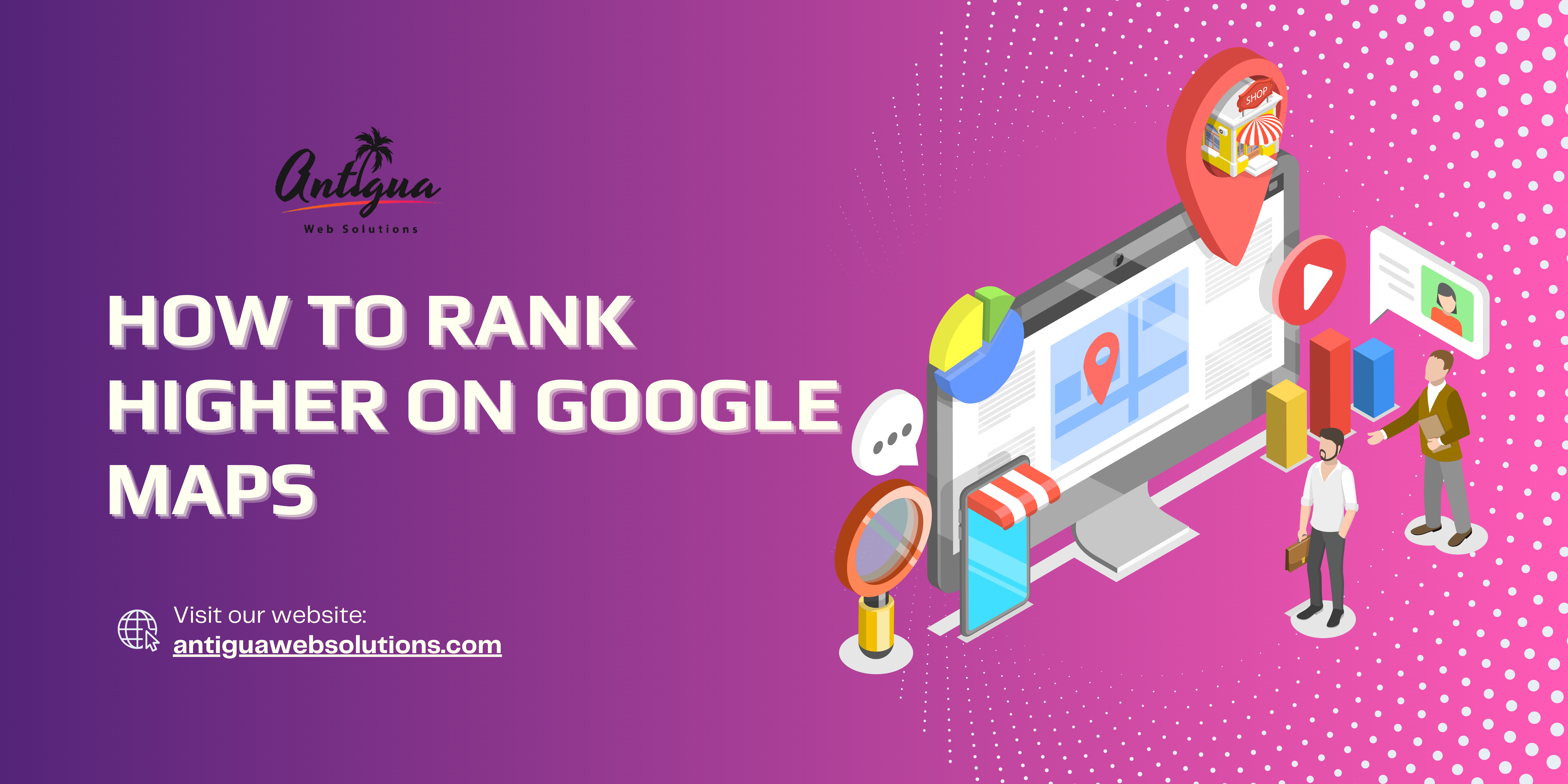In today’s digital landscape, appearing on the first page of Google Maps search results can significantly boost your business visibility, traffic, and customer base. Whether you’re a local business owner or a marketer, understanding Google Maps ranking and leveraging Google My Business ranking factors is essential to stay competitive in your market.
This guide covers everything you need to know to optimize your business for higher rankings on Google Maps and attract more local customers.
Why Google Maps Ranking Is Crucial
Google Maps is often the first place people look for local businesses. Being visible on the top results of Google Maps rankings ensures that your business is discovered by potential customers in your area.
Benefits of Ranking Higher on Google Maps
- Increased Visibility: Higher rankings improve your chances of being found by customers searching for your products or services.
- Enhanced Trust and Credibility: Businesses that rank at the top of Google Maps are seen as more trustworthy and reliable.
- Boost in Local Traffic: A well-optimized Google My Business profile attracts more foot traffic and inquiries.
- Better Customer Engagement: Customers are more likely to interact with businesses that have high visibility and complete profiles.
Key Factors That Influence Google Maps Rankings
1. Relevance
Google matches the content of your profile with the search query to determine if your business is relevant.
2. Distance
Proximity to the searcher’s location plays a vital role in Google places ranking.
3. Prominence
Google evaluates your online reputation, including reviews, backlinks, and citations, to determine prominence.
Google Maps Ranking Factors
Here are the top Google Maps ranking factors to focus on:
1. Optimize Your Google My Business (GMB) Profile
- Claim and verify your Google My Business listing.
- Provide accurate information, including your name, address, phone number (NAP), business hours, and website.
- Use relevant keywords like google maps ranking and google my business ranking in your profile description.
2. Encourage Customer Reviews
- Positive reviews signal trustworthiness to Google.
- Respond to all reviews—positive or negative—to show engagement.
- Encourage customers to leave detailed and frequent reviews.
3. Consistent NAP Information
- Ensure your Name, Address, and Phone Number (NAP) is consistent across all platforms.
- Inconsistent information can confuse Google and harm your GMB ranking factors.
4. Use High-Quality Images
- Upload professional, geo-tagged photos of your business and products.
- Update your gallery regularly to keep your profile fresh.
5. Optimize for Local Keywords
- Use keywords like google places ranking and google maps ranking factors in your business description and posts.
- Include location-specific terms to boost relevance for local searches.
6. Local Backlinks and Citations
- Build backlinks from reputable local websites, news outlets, and directories.
- Get listed on local business directories like Yelp and Bing Places.
7. Post Regular Updates on GMB
- Share engaging posts about offers, events, and announcements.
- Use GMB posts to include relevant keywords and call-to-action links.
8. Mobile Optimization
- Ensure your website is mobile-friendly, as most searches on Google Maps happen via mobile devices.
- Use fast-loading pages to improve user experience.
9. Schema Markup Implementation
- Add local business schema markup to your website to give search engines more information about your business.
Steps to Rank Higher on Google Maps
Step 1: Claim and Verify Your GMB Listing
- Visit the Google My Business website and claim your business.
- Verify your business via mail, email, or phone to unlock all features.
Step 2: Fill Out Your Profile Completely
- Include every detail about your business, from hours of operation to services offered.
- Ensure all information is accurate and updated regularly.
Step 3: Use Keywords Strategically
- Incorporate keywords like google my business ranking and gmb ranking factors naturally in your business description and updates.
Step 4: Build Local Authority
- Collaborate with local businesses and organizations to create backlinks.
- Sponsor local events to enhance your prominence and reputation.
Step 5: Monitor Your Analytics
- Use GMB insights to track your profile’s performance.
- Analyze metrics such as calls, clicks, and customer interactions.
Common Mistakes to Avoid
- Ignoring Reviews: Not responding to reviews can negatively impact your reputation.
- Incomplete Profiles: A lack of information reduces your chances of ranking higher.
- Keyword Stuffing: Overusing keywords can lead to penalties.
- Neglecting Updates: Infrequent updates can make your profile seem outdated.
Advanced Tips for Google Maps Optimization
1. Leverage Paid Ads
Use Google Ads with location extensions to appear at the top of search results on Google Maps.
2. Implement Voice Search Optimization
Optimize for voice search by including natural language and long-tail keywords in your profile.
3. Add FAQs to Your Profile
Answer common customer queries directly in your GMB profile to enhance relevance.
Conclusion
Ranking higher on Google Maps requires a strategic approach to optimize your Google My Business profile, build local authority, and engage with customers. By focusing on essential factors like reviews, keywords, and local backlinks, your business can secure a top position in Google places ranking.
At Antigua Web Solutions, we specialize in helping businesses like yours improve their local SEO and visibility on Google Maps. Let us assist you in taking your business to the next level!





